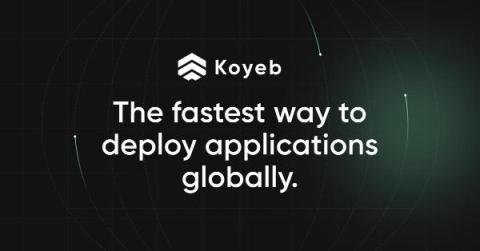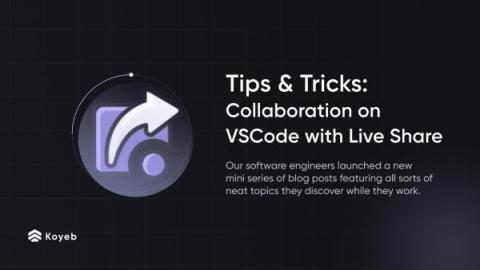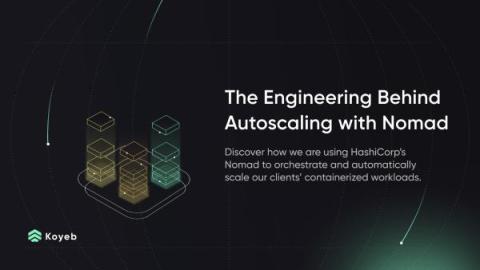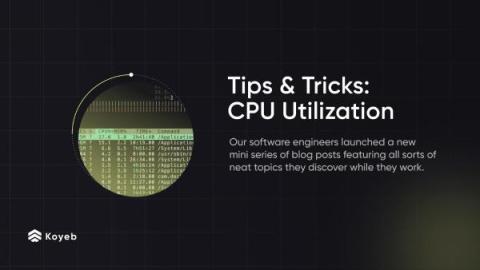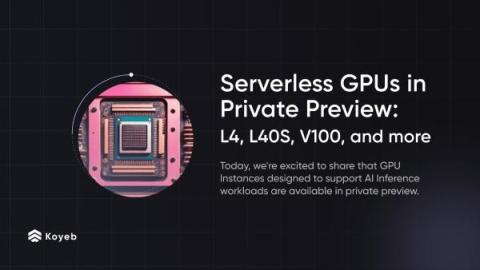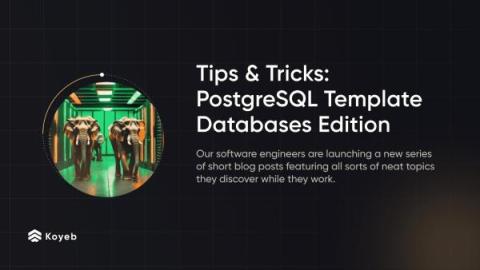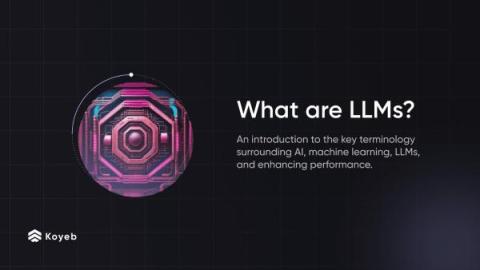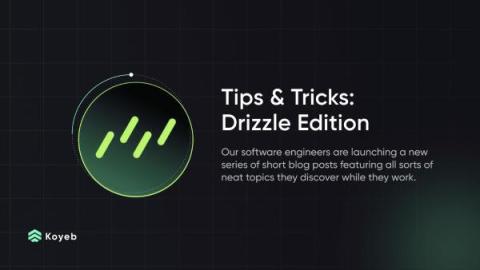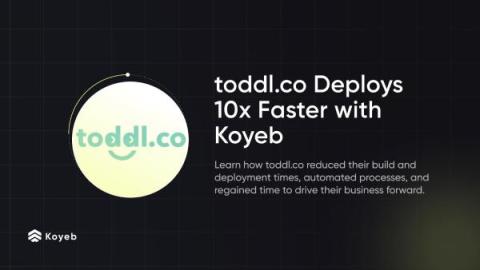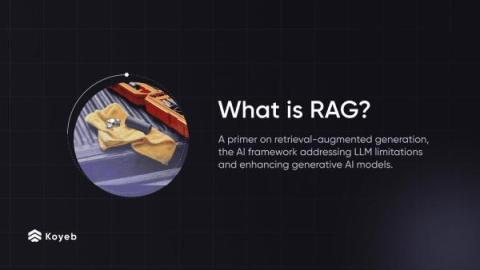Best LLM Inference Engines and Servers to Deploy LLMs in Production
AI applications that produce human-like text, such as chatbots, virtual assistants, language translation, text generation, and more, are built on top of Large Language Models (LLMs). If you are deploying LLMs in production-grade applications, you might have faced some of the performance challenges with running these models. You might have also considered optimizing your deployment with an LLM inference engine or server.


